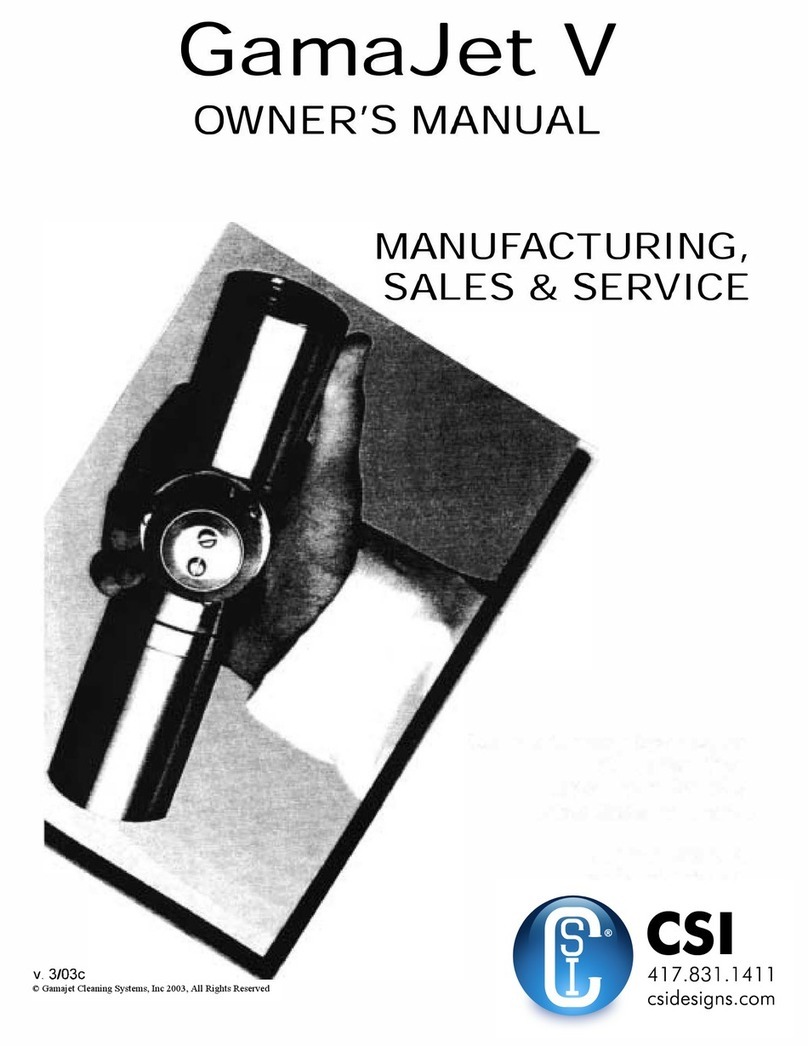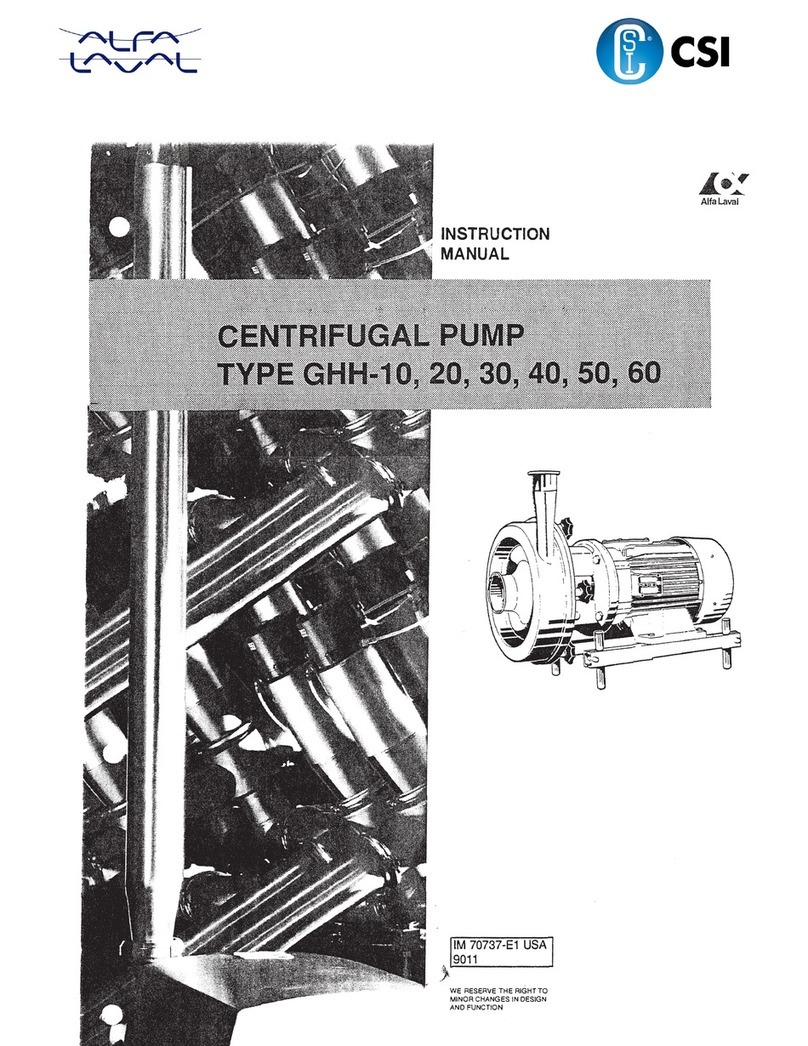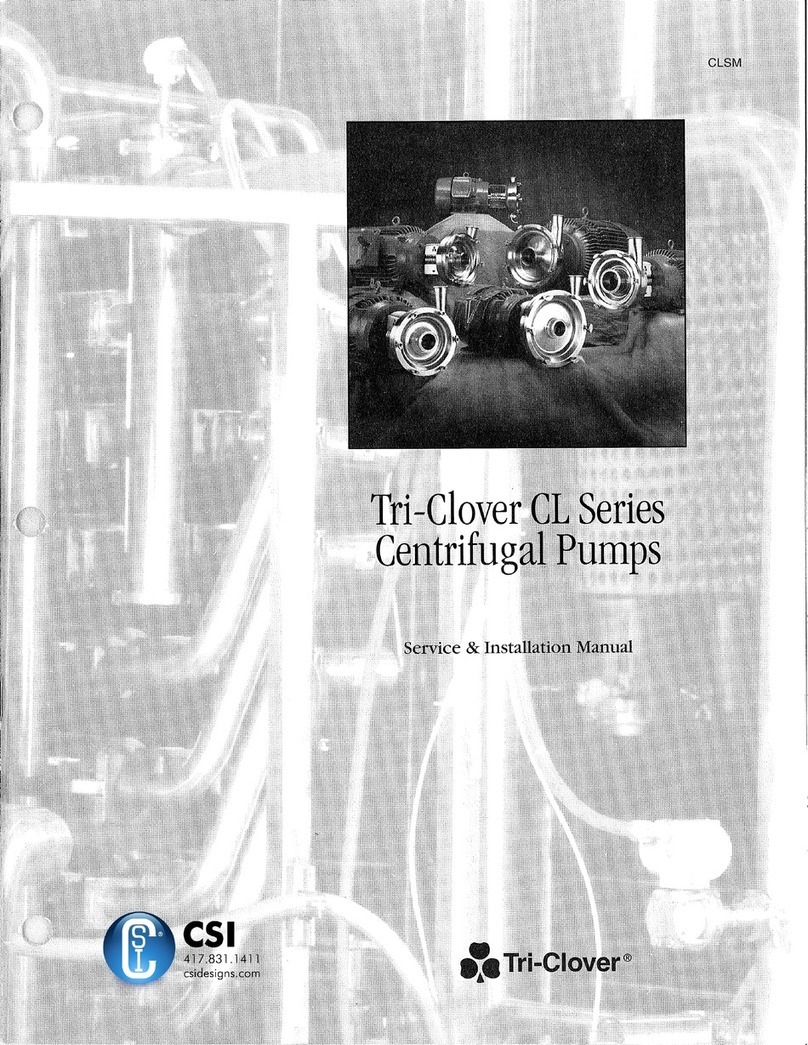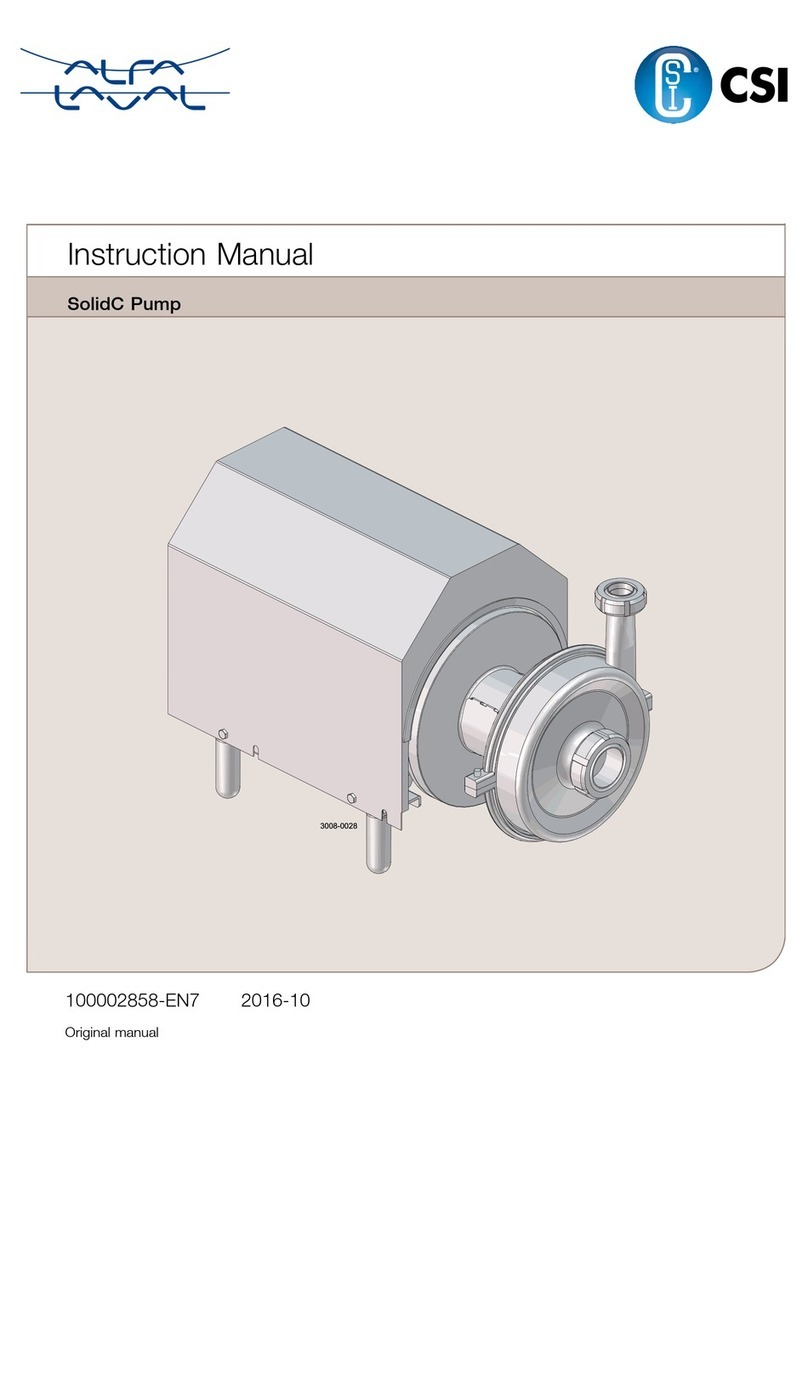
Table of contents
The information herein is correct at the time of issue but may be subject to change without prior notice
1. EC Declaration of Conformity ....................................................................... 4
2. Safety .................................................................................................... 5
2.1. Important information ............................................................................. 5
2.2. Warning signs ..................................................................................... 5
2.3. Safety precautions ................................................................................ 6
3. Installation .............................................................................................. 7
3.1. Unpacking/delivery ............................................................................... 7
3.2. Installation ......................................................................................... 8
3.3. Pre-use check - pump without/with impeller screw ........................................... 10
3.4. Recycling information ............................................................................. 11
4. Operation ............................................................................................... 12
4.1. Operation/Control ................................................................................. 12
4.2. Troubleshooting ................................................................................... 14
4.3. Recommended cleaning ......................................................................... 15
5. Maintenance ........................................................................................... 17
5.1. General maintenance ............................................................................. 17
5.2. Cleaning procedure ............................................................................... 18
5.3. Dismantling of pump/shaft seals ................................................................ 19
5.4. Assembly of pump/shaft seal .................................................................... 22
6. Technical data ......................................................................................... 25
6.1. Technical data ..................................................................................... 25
6.2. Torque specifications ............................................................................. 26
6.3. Weight (kg) ........................................................................................ 26
6.4. Noise emission .................................................................................... 27
6.5. Relubrication intervals ............................................................................ 28
7. Parts list and service kits ............................................................................ 30
7.1. LKHPF Filtration centrifugal pump for high inlet pressure ..................................... 30
7.2. LKHPF - Wet end ................................................................................. 31
7.3. LKHPF - Motor-dependent parts ............................................................... 33
7.4. LKHPF - Shaft seals .............................................................................. 35































